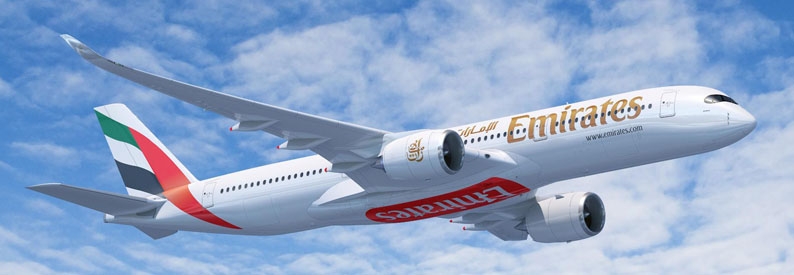Emirates Pilots Implement Strategies to Cut Fuel Use and Emissions

Emirates has been proactive in reducing fuel consumption and emissions through strategic operational practices known as “Green Operating Procedures” (Green Ops). Since 2016, Emirates has pursued a comprehensive approach that incorporates pilot training, advanced technology, and meticulous planning to optimize every aspect of their flights for environmental efficiency.
Under the guidance of the Operations Efficiency Steering Group, Emirates focuses on minimizing unnecessary fuel usage and emissions, prioritizing safety while implementing effective environmental strategies. In the 2023-2024 financial year, these initiatives allowed Emirates to reduce fuel consumption by over 48,000 tonnes and cut carbon emissions by more than 151,000 tonnes.
Captain Hassan Al Hammadi, Emirates’ Divisional Senior Vice President of Flight Operations, emphasizes the significant role pilots play in achieving these reductions. “Our pilots are equipped with state-of-the-art tools and applications to monitor and manage their flight performance effectively, enhancing their ability to fly in an environmentally conscious manner,” he said.
Emirates employs several specific measures to reduce fuel burn and emissions:
Discretionary Extra Fuel: Captains have the responsibility to determine the necessary fuel load for each flight, which includes the option to carry additional fuel when justified by operational conditions. This practice has been refined to ensure decisions are data-driven, enhancing fuel efficiency.
Flight Speed Optimization: Pilots adjust flight speeds based on comprehensive calculations that aim to balance fuel efficiency with adherence to flight schedules, enhancing overall operational cost-effectiveness.
Reduced Flap Landings: By selecting optimal flap settings, Emirates pilots can reduce aerodynamic drag during landing, which conserves fuel without compromising safety.
Idle Reverse Thrust: Upon landing, pilots utilize the minimum necessary reverse thrust to save fuel, a practice adjusted according to the specific conditions of each landing.
Reduced Engine Taxi-In (RETI): After landing, pilots may shut down one or more engines during taxiing, a practice that has grown substantially in use and significantly reduces fuel consumption on the ground.
Optimized Flight Routings: Since 2003, Emirates has worked to optimize flight paths, collaborating with air traffic control to use the most efficient routes and thus reducing the fuel required for flights.
Technology and Innovation – FlightPulse: Emirates has rolled out FlightPulse, a pilot-focused analytics tool developed in partnership with GE Digital Aviation Services. This tool helps pilots analyze their flight performance in terms of safety and fuel efficiency, fostering better decision-making and collaboration.
Center of Gravity Optimization: By loading the aircraft to align closely with the optimal center of gravity, Emirates enhances its aerodynamic efficiency, leading to significant fuel savings.
APU Usage: On the ground, Emirates minimizes the use of the auxiliary power unit (APU), opting instead for ground power units (GPU) to cut emissions, achieving a 30% reduction in APU use.
Adjusted Potable Water Uplift: Emirates calculates the exact amount of potable water needed for each flight, reducing unnecessary weight and improving fuel efficiency.
These targeted strategies showcase Emirates’ commitment to sustainability and its innovative approach to reducing its environmental impact while maintaining high standards of safety and efficiency in operations.
Sources: AirGuide Business airguide.info, bing.com, timesaerospace.aero
